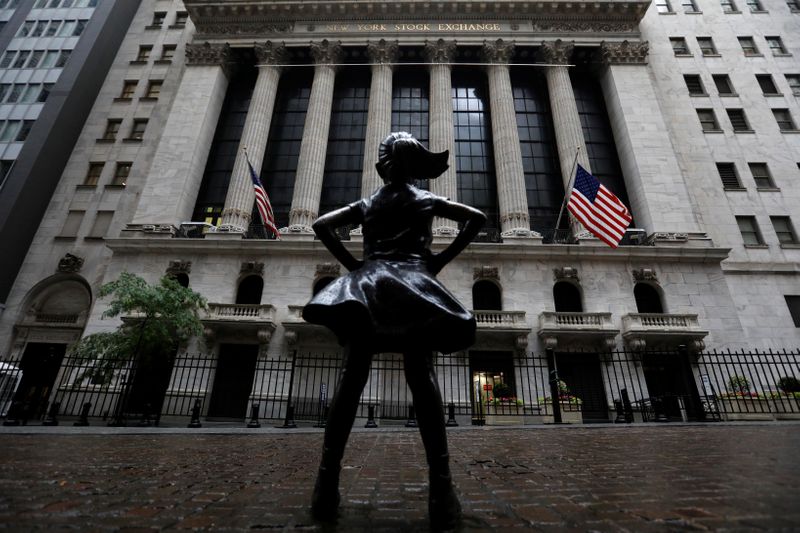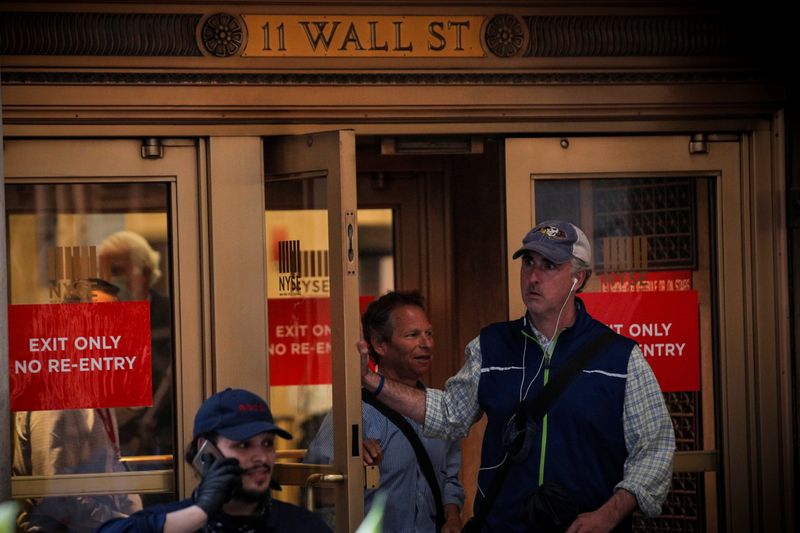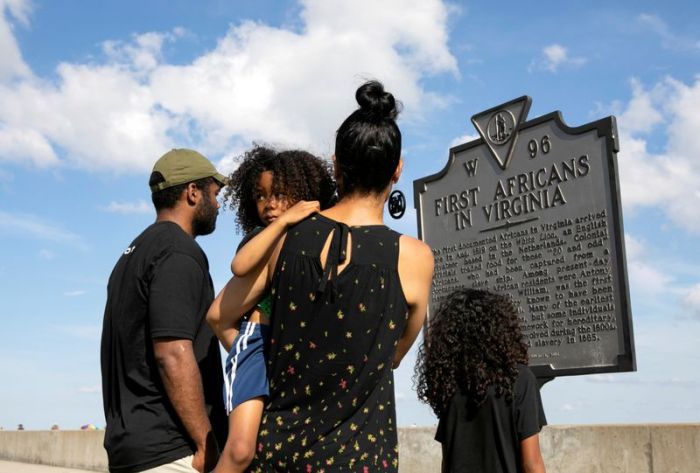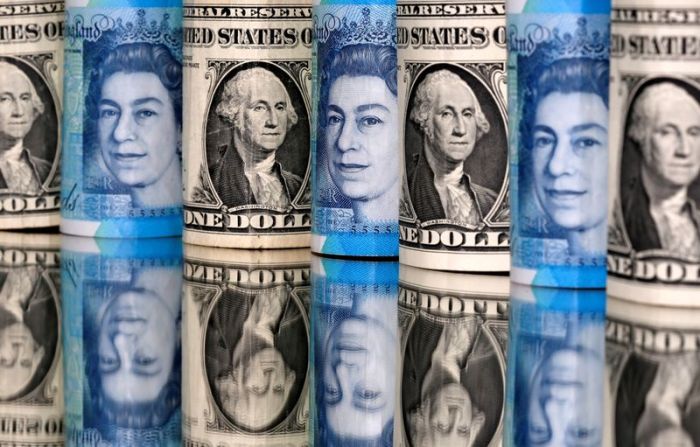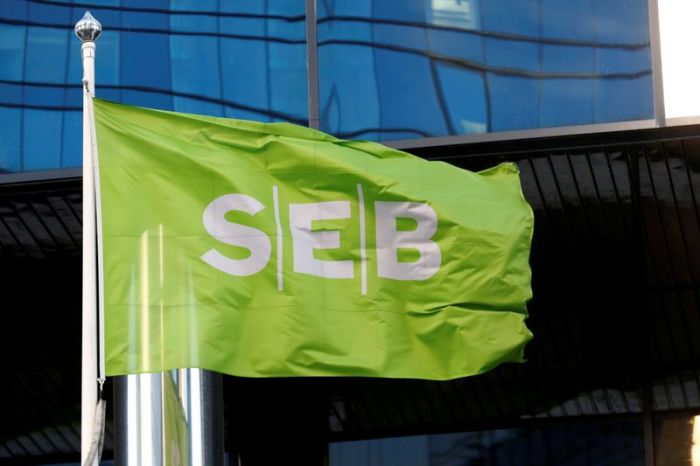New York (Reuters) – Wall Street’s main indexes closed higher in choppy trading on Thursday, with bank stocks soaring ahead of annual stress test results and helping to offset investor jitters over alarming increases in new coronavirus cases.
The recently battered S&P 500 banks sub-index led the gainers for the session after U.S. banking regulators eased rules and investors waited for results of the sector’s annual stress test, which helps determine dividend policies.
The bank index had fallen 19 percent from its recent high on June 5 to Wednesday’s lowest point. It closed up 3.6% on Thursday.
But investors remained nervous throughout the day as the number of new virus cases in U.S. states grew, especially in the West and South.
Texas Governor Greg Abbott said he was halting his state’s phased economic reopening in response to a jump in COVID-19 infections and hospitalizations.
And stocks wobbled temporarily late in the session after Apple Inc said it would close 14 stores in Florida again due to rising COVID-19 cases after other re-closures in Houston, Arizona, South Carolina, and North Carolina.
A flare-up in virus cases in recent days has taken some wind out of a Wall Street rally powered by hopes of a quick economic recovery and massive government stimulus efforts. However, the benchmark S&P 500 still closed less than 9% below its Feb. 19 record.
While bank stocks provided one of the biggest boosts on Thursday, Michael James, managing director of equity trading at Wedbush Securities in Los Angeles, said investors were buying the dip after a pullback in stocks on Wednesday.
“None of those issues that caused yesterday’s weakness were really resolved today,” said James. “You could argue that the market could be a fair amount lower. The reason we’re not is there is still some understanding that things are going to have a brighter ending at some point.”
The Dow Jones Industrial Average rose 299.66 points, or 1.18%, to 25,745.6, the S&P 500 gained 33.43 points, or 1.10%, to 3,083.76 and the Nasdaq Composite added 107.84 points, or 1.09%, to 10,017.00.
All the three major indexes had opened Thursday’s session lower after data showed the number of Americans filing claims for unemployment benefits fell less than expected last week, likely as hiring by reopening businesses is being partly offset by a second wave of layoffs.
But the S&P’s financial sector, up 2.7%, stayed strong for the session and was the S&P’s top percentage gainer. Earlier, regulators had unveiled two rules easing restrictions covering large banks with complex trading and investment portfolios..
The Federal Reserve was due to release results of annual bank stress tests after the markets close, potentially indicating how much flexibility banks will have to return capital to shareholders.
“The risk-reward bias favors a more positive bias into the results this evening because the sector has been such a laggard,” said Wedbush’s James.
The energy sector gained 1.9% as oil prices rose 2% on the day. [O/R] Defensive utilities was the weakest S&P sector with a 1.2% decline.
Walt Disney Co, down 0.63%, pared losses but still closed down for the second day in a row after it delayed the reopening of theme parks due to the health crisis. A report also said it was considering postponing the July 24 release of “Mulan.”
Boeing Co fell 1% as rival Airbus reached a crucial jetliner production target and smoothed recent industrial problems.
Advancing issues outnumbered declining ones on the NYSE by a 1.81-to-1 ratio; on Nasdaq, a 2.00-to-1 ratio favored advancers.
The S&P 500 posted five new 52-week highs and no new lows; the Nasdaq Composite recorded 63 new highs and eight new lows.
On U.S. exchanges 11.38 billion shares changed hands compared with the 13.32 billion average for the last 20 sessions.
(Additional reporting by Chuck Mikolajczak and Stephen Culp in New York, Medha Singh and Devik Jain in Bengaluru; Editing by Cynthia Osterman)

